The David Collection’s new special exhibition provides a hitherto unknown first-hand impression of 19th-century India, primarily — but not exclusively — seen with the eyes of western photographers. Through original vintage photographs, the viewer is taken back to photography’s birth and earliest childhood and up to around 1900.
Under Indian Skies 19th-Century Photographs from a Private Collection
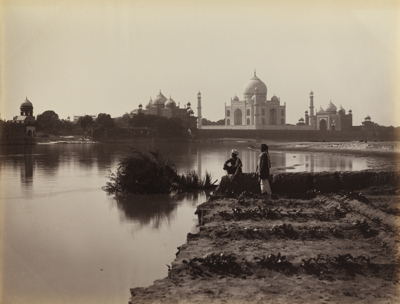
The first photographs from India
The David Collection’s new special exhibition provides a hitherto unknown first-hand impression of 19th-century India, primarily — but not exclusively — seen with the eyes of western photographers. Through original vintage photographs, the viewer is taken back to photography’s birth and earliest childhood and up to around 1900.
Photography had made a breakthrough in British-dominated India in the early 1850s. With its magnificent architecture, exotic landscapes, and many different peoples and cultures, India offered fantastic motifs: splendid Islamic palaces, mosques, and sepulchral monuments. Princes, maharajas, ministers, and warriors in all their glory. But also an abundance of life among the common people, with everyone from stonemasons to snake charmers as well as elephants bathing in the Ganges.
Motifs of a completely different type that can be seen in the exhibition are those of the shattered palaces and dead warriors that spoke admonishingly of the rebellion against British rule in 1857-1858. The rebellion broke out after Muslim and Hindu soldiers had been forced by the British to use cartridges supposedly greased with fat from pigs and cows. These are some of history’s earliest war photographs, which in Europe served as the basis for newspaper illustrations.
The photographs were often taken under difficult working conditions. The heavy photo equipment had to be transported to distant regions along impassible roads, and its chemicals dried out in the tropical heat. The exposure time could be very long, and processing the negatives and the positives was often arduous.
Experiments were made with the new media by both visiting and local photo pioneers. The exhibition bears witness to the exchanges and competition between amateurs and the professional photographers whose studios popped up in innumerable places in India in the years up to 1900. The photographs also show how the new medium developed in the tension field between documentation and creative art form.
The over 80 works in the exhibition comprise photographs and photo albums, all of which were lent by the same private collection. The exhibition catalogue was written by the British photo historian John Falconer, who for many years was responsible for the photograph collections in the British Library’s Indian and Oriental departments. The author is one of the world’s leading specialists in this field and his catalogue provides a detailed and lively account of the photographers’ India in the 19th century and their photographic techniques.
The catalogue is available in both Danish and English editions and can be purchased in the museum shop for DKK 200. Read the press release from Strandberg Publishing for the publication here.
Photos of the exhibition can be downloaded from the website here.
A press conference will be arranged on November 22nd from 10.15 to 11.30, when curators Joachim Meyer and Peter Wandel will give a tour of the exhibition and answer questions. For an invitation and to sign up for the press conference, send an e-mail to [email protected].
The David Collection
Kronprinsessegade 30
1306 Copenhagen K
Tel. +45 33 73 49 49
www.davidmus.dk
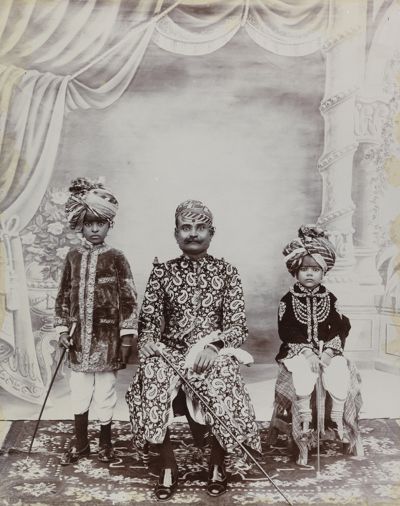
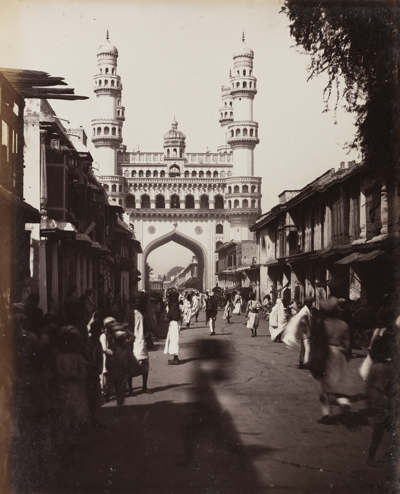
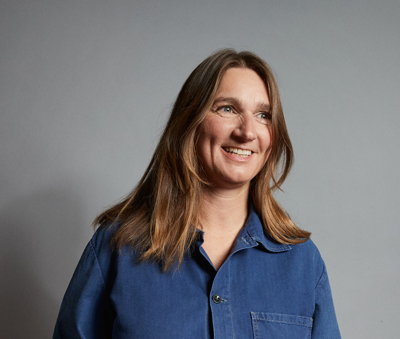
Modtageren af C.L. Davids Fødselsdagslegat 2025 er offentliggjort
Karen Kjældgård-Larsen modtager C.L. Davids Fødselsdagslegat 2025 for hendes nyskabende og humoristiske fortolkninger af den klassiske keramiktradition.
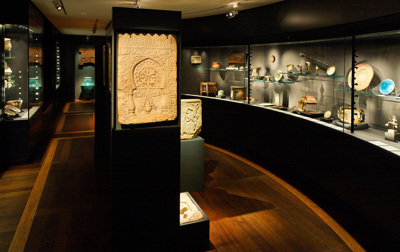
Museumstekniker til Davids Samling
Davids Samling søger en ansvarsbevidst og kompetent museumstekniker med ansvar for sikring og it.
Davids Samling er et privat, fondsejet museum beliggende i hjertet af København, med en af verdens fineste
samlinger af kunst fra den islamiske verden og nyere dansk og ældre europæisk kunst og kunsthåndværk.
Du får en central rolle i at drive og videreudvikle museets sikringssystemer og ansvar for daglig opfølgning af
vores forskellige it-systemer. Du skal samtidig være med i udviklingen og implementeringen af museets
arbejde med bæredygtighed og grøn omstilling.
Dine opgaver vil bl.a. omfatte:
• Vedligeholdelse og optimering af museets sikringssystemer.
• Drift og support af museets it-systemer i samarbejde med eksterne partnere.
• Deltage i opsætning af tekniske og digitale løsninger i forbindelse med udstillinger.
• Deltage i udviklingen og implementering af museets bæredygtighedsinitiativer og grønne omstilling.
Du bliver en del af en spændende og dynamisk arbejdsplads, hvor der er ressourcer til at tænke ambitiøst og
langsigtet. Du kommer til at arbejde tæt sammen med engagerede kolleger, som alle har stor kærlighed til
museet og samlingerne. Hverdagen hos os er kendetegnet ved godt humør og høje ambitioner udfoldet i
smukke omgivelser.
Du refererer til museumsforvalteren og indgår i teknikafdelingen, som består af medarbejdere med
ansvarsområder inden for vagttjeneste, opsyn, sikring, it, udstillingsopbygning, kunsthåndtering og rengøring.
Både i afdelingen og på museet generelt har vi en uformel omgangstone og lægger vægt på et godt socialt
arbejdsmiljø.
Om dig:
• Du har en teknisk eller håndværksmæssig baggrund og erfaring med sikring og tekniske anlæg.
• Du har interesse for bæredygtighed og grøn omstilling.
• Du er detaljeorienteret, ansvarsbevidst og god til at skabe struktur i din opgaveløsning.
• Du arbejder godt både selvstændigt og i samarbejde med kolleger.
• Du har en ren straffeattest.
Ansættelsesvilkår:
Stillingen er en fuldtidsstilling. Du ansættes som funktionær på individuel kontrakt med løn, pension mm. efter
aftale.
Ansøgningsfrist:
Du skal søge senest den 22. juni 2025 kl. 16, og vi håber du kan starte 1. august 2025.
Første samtale forventes afholdt d. 24. og 25. juni. Ansøgning, CV og relevante bilag sendes til
[email protected] med emnefeltet: "Museumstekniker".
Har du spørgsmål, er du velkommen til at kontakte museumsforvalter Simon Heide på telefon 3373 4949 eller
e-mail [email protected]

Jette Bang - Portræt af beduinerne i Qatar
I foråret 1959 ankom den danske fotograf Jette Bang (1914-1964) til Qatar. Med sin imponerende baggrund som en af Danmarks førende fotografer havde Bang allerede gjort sig bemærket for sine skildringer af Grønlands oprindelige befolkning gennem både fotografier og film. Nu vendte hun blikket mod Mellemøsten – nærmere bestemt beduinerne i Qatar.
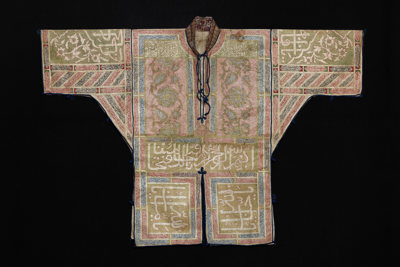
Mere end Ord. Kalligrafi fra den islamiske verden.
Fra den 24. maj kan du gå på opdagelse i den islamiske kalligrafi som kunstart og dens historie, når Davids Samling åbner dørene til særudstillingen ”Mere end ord – kalligrafi fra den islamiske verden”. Og titlen skal tages helt bogstaveligt, for ordene og de smukke bogstaver antager flere betydninger.